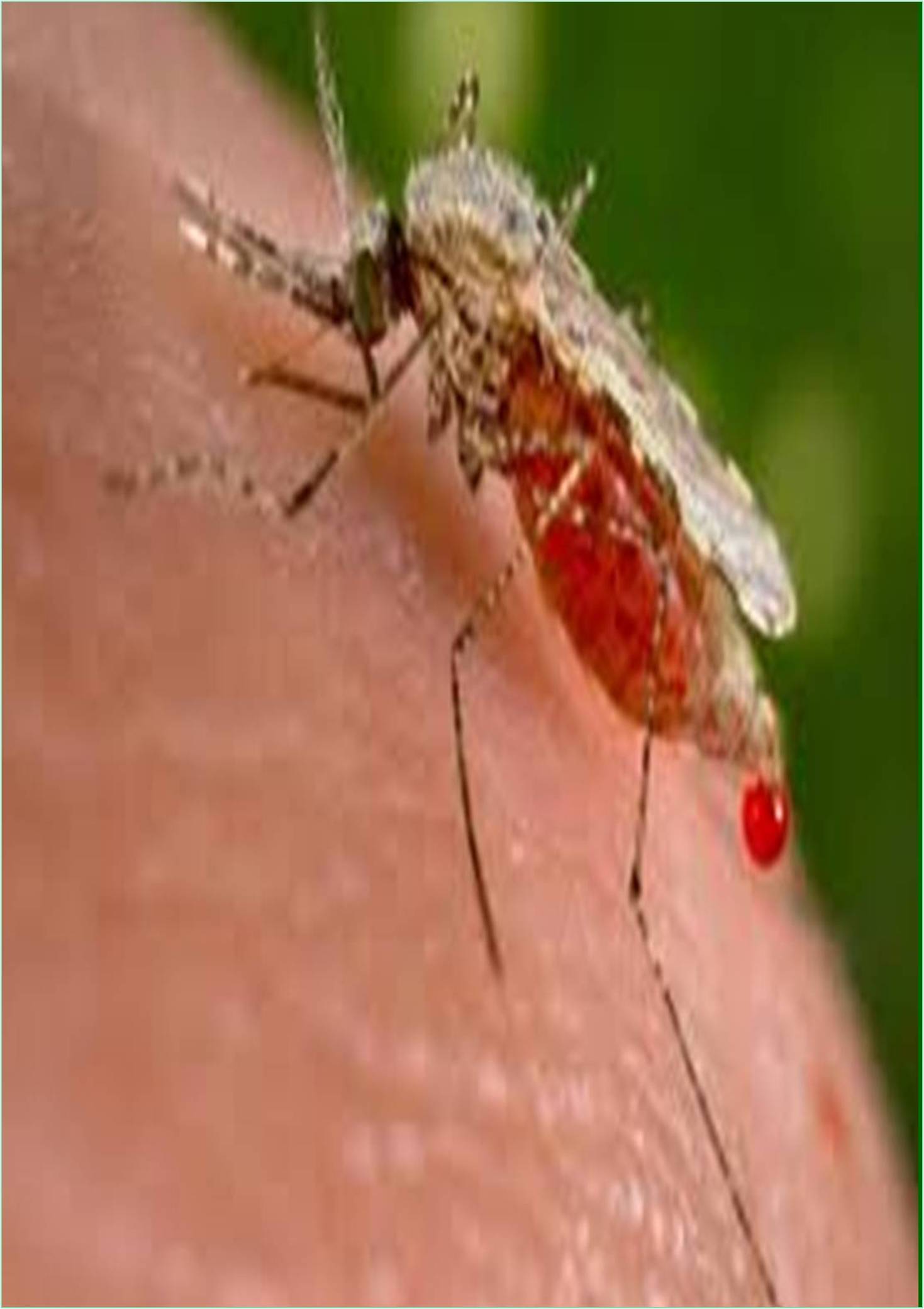



Received: 23-Jul-2022, Manuscript No. IJMAR-22-72008; Editor assigned: 26-Jul-2022, Pre QC No. IJMAR-22-72008 (PQ); Reviewed: 12-Aug-2022, QC No. IJMAR-22-72008 (PQ); Revised: 22-Aug-2022, Manuscript No. IJMAR-22-72008 (R); Published: 29-Aug-2022, DOI: 10.15651/IJMAR.22.1.010
Gametocyte of Plasmodium falciparum is involved in the transmission of this malaria pathogen from humans to mosquitoes, and preferentially accumulates and matures in human bone marrow. Immature gamete mother cells arrive during the 10-day sexual development of Plasmodium falciparum, locate to the extravasational compartment of this organ, and interact with various types of bone marrow stromal cells. It passes through the endothelial layer and reenters the circulation at maturity. To study the host-parasite interaction underlying this still unknown process, it is used under self-assembled spheroids from the gamete mother cells of Plasmodium falciparum and Human Bone Marrow Mesenchymal Cells (hBMMSC).
Plasmodium falciparum cultures in the asexual blood stage are produced in huge quantities in the Wave Bioreactor 20/50 EHT system, a closed, heated platform bioreactor made of sterile plastic. Here it develop a convenient, low-maintenance protocol for preparing gamete mother cells to obtain mature stage V gametocytes in large-scale cultures, and a Wave bioreactor for subsequent maintenance. For in vitro research, up to 100 million mature Plasmodium falciparum gamete mother cells from each culture can be produced, purified, cryopreserved, and revived. It has been demonstrated that infected gamete mother cells can possibly infect mosquitoes.
Gamete mother cells (from a human to a mosquito) and sporozoite are the phases of Plasmodium transmission, respectively (mosquito to human). The first stage of the sexual cycle that takes place inside the anoferin vector is the production of gamete mother cells. Gamete mother cells mature in the spleen and bone marrow of some mammals.
Transmission of Gametocytes
Highly specialised sexual stage parasites act as a vector for transmission from infected human hosts to vulnerable mosquitoes. Because Laveran initially identified malaria in the raging male gamete mother cells in the late 19th century. Plasmodium falciparum gametocytes are significant in the history of malaria.
Motile male microgamete’s exflagellate, an active mechanism that allows them to leave the red blood cell in order to find and fertilise a female macrogamete. The gametocytes of P. falciparum, with their distinctive crescent form, are also noticeable on common microscope blood films. The sexual forms of the mosquito mate to produce an ookinete after ingesting gametocytes made in the human host. Several thousand sporozoites will be produced once this vegetative body has finished its maturation cycle, and these sporozoites will then need to enter the insect's salivary gland. Oocysts that pass through the midgut barrier and develop into oocysts that binds to the midgut's basement membrane.
After becoming immobilized sporozoites they are released and they can enter the salivary glands via the mosquito’s blood lymph. Processes with particular interactions include oocyte adhesion and salivary gland recognition/infiltration. Within 7 to 15 days following the first wave of the asexual parasite from which they are formed, mature gamete mother cells can be found in the bloodstream. These asexual parasites create male and female gamete mother cells through a process called gametocytogenesis.
Even though our understanding of the biology of gametocytes is not as advanced as that of the asexual blood stages, in recent years' intense interest from researchers have greatly increased our knowledge of the biology of gametocytes. The identification of some gametocyte stage-specific antigens and sex-specific proteins may be used as targets for malaria transmission-blocking intervention strategies thanks to advancements in gametocyte cultivation, isolation, and purification techniques, as well as the impressive amount of data obtained from genome wide analyses, proteomics, and microarray studies. In addition, new research on the genetic basis of gametocyte commitment has significantly increased our understanding of how sexual differentiation in the malaria parasite is begun and controlled.